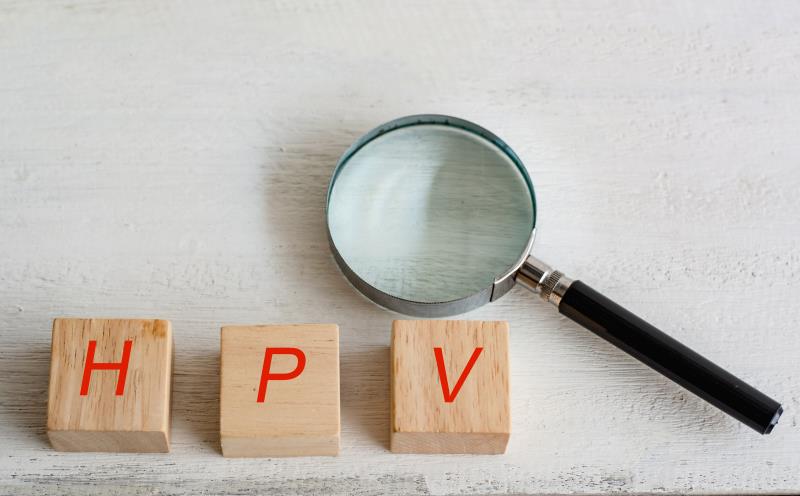
Receiving mailed human papillomavirus (HPV) self-sampling kits improved cervical cancer screening uptake, according to results of the HOME* trial.
“We found that mailing unsolicited self-collection kits for HPV testing increased cervical cancer screening by 50 percent in women who were underscreened for cervical cancer, and that’s a particularly hard population to reach,” said study co-author Dr Diana Buist, senior investigator and director of research and strategic partnerships, Kaiser Permanente Washington Health Research Institute, Seattle, Washington, US.
The researchers identified 19,851 women age 30–64 years (mean age 50.1 years) in the Kaiser Permanente Washington database who had not undergone a Pap test within the past 3 years and 5 months. They were randomized to receive usual care only (annual reminders and ad hoc outreach from their primary care clinics; control group; n=9,891) or in addition to a mailed HPV self-sampling kit (intervention group; n=9,960).
Women in the intervention group were advised to undergo Pap screening even if they declined to participate. In-clinic co-testing was recommended for women with negative or unsatisfactory results, or those positive for non-HPV-16 or HPV-18 high-risk types, while immediate colposcopy was recommended in women positive for HPV-16 or HPV-18.
Within 6 months of screening, there was no significant between-group difference in the detection or treatment of cervical intraepithelial neoplasia grade ≥2 (CIN2+). CIN2+ was detected in 12 and eight women in the intervention and control groups, respectively (relative risk [RR], 1.49, 95 percent confidence interval [CI], 0.61–3.64), and twelve and seven, respectively, were treated within 6 months of detection (RR, 1.70, 95 percent CI, 0.67–4.32). [JAMA Network Open 2019;2:e1914729]
Cervical cancer screening uptake in the 6 months post-randomization was improved among women in the intervention vs the control group (26.3 percent vs 17.4 percent; RR, 1.51, 95 percent CI, 1.43–1.60). Of the 26.6 percent of women in the intervention group who initiated screening, 12.1 percent did so via return of the self-sampling kit and 14.5 percent through in-clinic screening. Time to screening was also shorter in the intervention than the control group (p<0.001).
Of the 1,206 women who returned the self-sampling kit, 1,098 underwent screening based on their kit results, of whom 88.2 percent had HPV-negative results.
“It’s great that 88 percent of women who self-sample at home would not need to come into the clinic,” said study lead author Professor Rachel Winer from the University of Washington School of Public Health, Seattle, Washington, US.
“[However] there’s a key 12 percent in our trial that were identified to be at increased risk for cervical cancer – and yet only 70 percent of those women came in for follow-up testing,” she noted.
Abnormal screening results were more frequently obtained by women in the intervention than the control group (2.3 percent vs 1.2 percent; RR, 1.96, 95 percent CI, 1.57–2.45). Abnormal screening results requiring colposcopy referral occurred in a similar proportion of women in the intervention and control groups (36.4 percent vs 36.8 percent), with 67.1 and 83.3 percent, respectively, undergoing colposcopy. Among women who underwent colposcopy, positive predictive value for CIN2+ was 21.8 and 22.9 percent in the intervention and control groups, respectively.
“[This trial] demonstrated that implementation of a home HPV screening programme is feasible for large health care systems … and merits further research in populations with lower resources and higher disease prevalence,” said Associate Professor Jenell Coleman from Johns Hopkins University, Baltimore, Maryland, US, in an editorial. [JAMA Network Open 2019;2:e1914704]
“[N]ow that HPV-only testing is a recognized screening strategy in the US, it really opens up the possibility for home testing to be a widespread option for women,” noted Buist.
However, the successful prevention of cervical cancer is dependent on the incorporation of other strategies including HPV vaccination, pointed out Coleman.